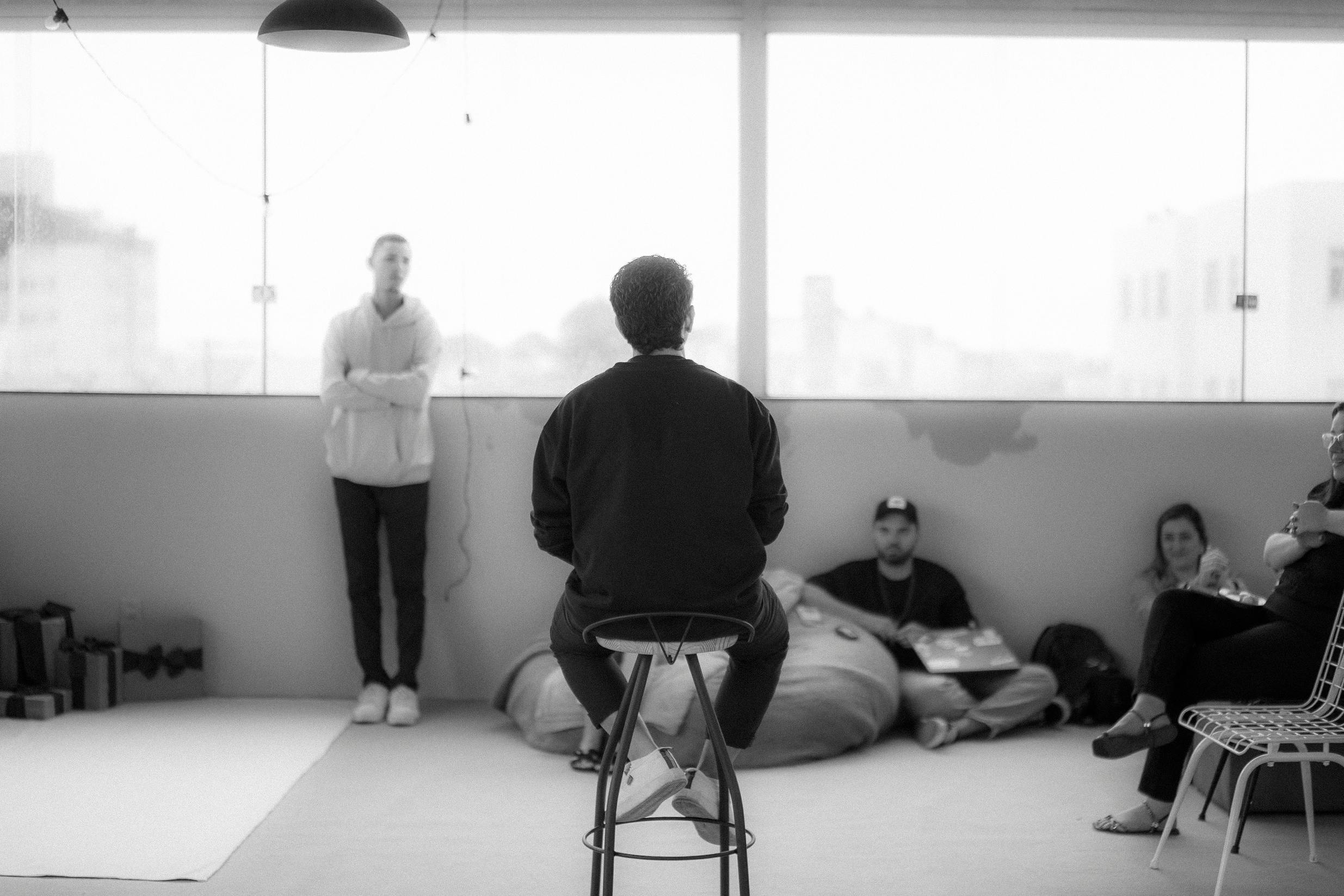AI moves like weather, not architecture. In our first months at Headsum, we pivoted twice as the clouds changed shape. That whiplash taught us to keep the ambition big but the bets stable. Long roadmaps don't age very well. So what’s the right bet size when the forecast keeps shifting?
We don’t fix the horizon; we tune it. We run delivery in short, bounded cycles - about 8–12 weeks - fast enough to learn, long enough to ship something real. Meanwhile the backbone (data contracts, provenance, evaluation standards, customer-visible SLAs) stays steady and only changes with cause. That “two clocks” setup isn’t a quirky startup ritual; it mirrors widely used practice: Scaled Agile timeboxes Planning Intervals to 8–12 weeks, and classic program management calls the long-range pattern rolling-wave planning—detail the near term, sketch the far term, and keep updating as facts arrive.
The backdrop is real, not vibes. In 2024, U.S. private AI investment hit $109.1B; $33.9B of global private funding went to generative AI; and 78% of organizations reported using AI. Regulation gives you hard calendar anchors. The EU AI Act entered into force on 1 Aug 2024; prohibitions and AI-literacy duties began 2 Feb 2025; governance rules and GPAI obligations began 2 Aug 2025; most remaining obligations apply 2 Aug 2026, with embedded high-risk systems given until 2 Aug 2027. Brussels has publicly reiterated the deadlines aren’t sliding. Use those dates to stage governance and assurance, regardless of your product tempo. Digital Strategy, Reuters
So how do you think strategically inside that turbulence?
When technology outruns planning, two reflexes show up: freeze (wait for the storm to pass) or flail (chase headlines). Both are costly. Leaders can slip to mid-pack in a quarter, contract terms and prices swing, tools that sneak into workflows become sticky, and compliance dates keep marching toward you. You can’t stop the weather, and you can’t reroof the house every week. The answer is controlled speed: move fast where reversals are cheap; move slow where errors are expensive.
Two-Door Decisions: what it is and what it isn’t
Jeff Bezos’s framing from Amazon’s 2015 shareholder letter is crisp: some choices are one-way doors (Type 1) - hard to reverse, so make them deliberately; most are two-way doors (Type 2) - reversible, so move quickly with small, high-judgment teams. It’s a taxonomy for pace. Lex Friedman Podcast, Amazon Letter to Shareholders.
How to use it, without the drama:
- Reversibility: Could we undo this in days without ugly migrations or public fallout? If yes, treat it as two-way and ship. If no, or if you’re unsure, treat it as one-way and slow down.
- Blast radius: If this goes wrong, who’s affected - customers, regulated data, pricing? Wider impact pushes it one way.
- Compliance & scrutiny: Would legal/auditors care later (data residency, DPIA/model transparency)? Paperwork implies one way.
- Lock-in: Does this bind us to a vendor/contract/architecture for months? Long commitments nudge it one way.
Common failure modes
- Mislabeling: Calling something two-way when the migration cost makes it de facto one-way.
- Door drift: Accumulating small “reversible” changes until they become an irreversible tangle.
- Safety theater: Slowing trivial two-way choices because a committee likes meetings.
What comes next for a small team (like ours)
1) Mid-cycle operating mode. Run a weekly nowcast (perf/price, vendor terms, reliability, regs) and decide: stay, prep switch, or switch now. Predefine exits for every new dependency and bias to reversible changes behind adapters/flags.
2) Separate “options” from “backbone.”
Run a tiny options portfolio (speculative spikes) alongside the backbone (data schemas, provenance, eval methodology, observability, SLAs). Options change often; backbone almost never. If a “temporary” thing survives two cycles, either harden it or retire it.
3) Make the doors explicit in a one-page log.
Keep a living decision log with: door type, owner, assumptions, kill criteria, and the reversal plan (for two-way). If you can’t name a reversal plan, it’s not a two-way door; slow down.
4) Map cadence to the outside world.
Plan deliverables in 8–12-week chunks; map governance and GPAI obligations to the EU AI Act dates now so you’re not scrambling later. Digital Strategy
5) Pre-mortem the big bets.
Write “How this decision failed” today; add the tripwires that would have saved you. If you can’t invent tripwires, the bet is too vague.
This isn’t a manifesto; we just tune the horizon, not worship it. We run two clocks, short cycles for learning, a steady backbone for trust, and we sort choices with the Two-Door lens so pace matches risk. Weekly, we nowcast and decide: stay, prep switch, or switch now. Public claims, data boundaries, SLAs, and compliance get brakes; everything else stays reversible.
If we’re wrong, we’ll be wrong quickly and in the small. If we’re right, the compounding shows up in cleaner data, clearer evaluation, and fewer self-inflicted migrations. That’s how two people ship in a storm without mistaking the weather for architecture.
This article is for general information only and is not legal, financial, or technical advice.
By Vanja Eriksson, Co-Founder Headsum

